#3d mode
Explore tagged Tumblr posts
Text

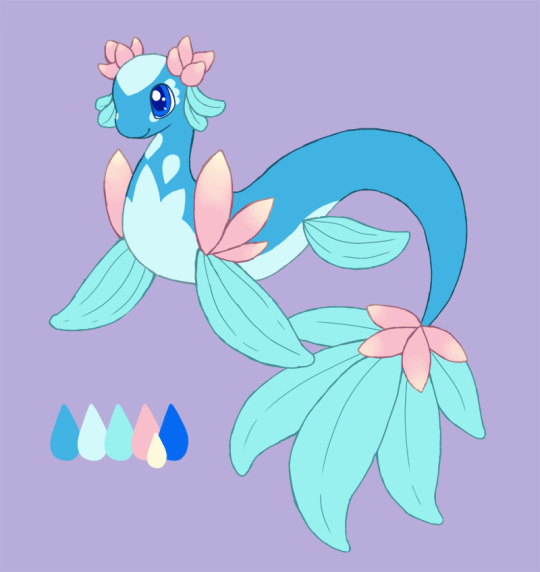
CLOSED!
Lotus Nessie Adoptable PRICE: $48
you’ll be getting- the full res ref sheet, the files for the 3D model, plus full rights to the character, do whatever you want with it and the model!
paypal only, message me or reply if you’re interested, first come first served, and i’ll send you everything once payment is received!
104 notes
·
View notes
Text
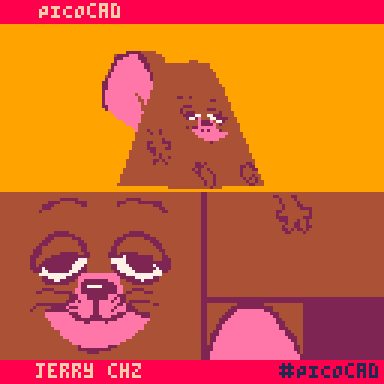
Hiii I'm new to tumblr uh, idk what to do here!!! I will post my art and stuff I guess >:3 I just started getting into digital art and making anthros or w/e and my partner said I would probably make friends on here anyhow, Here's a 3D model I made in picoCAD !
#furry art#furry#my art lol#mouse#3d mode#pixel art#furry pixel art#idk what im doing#but I know you should tag stuff like this#I watched a video that said you gotta use the tag system in really fucked up weird ways
108 notes
·
View notes
Text
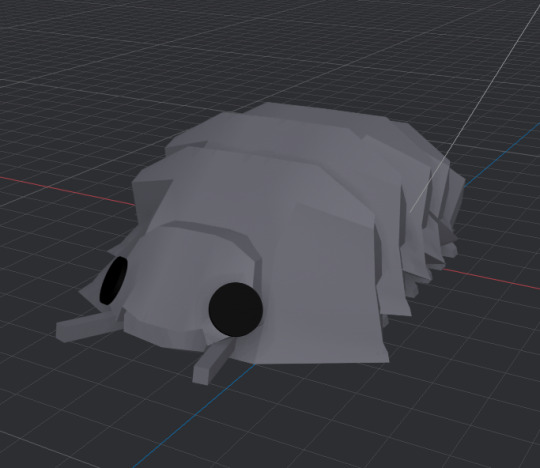
i modeled this isopod while i was at it
10 notes
·
View notes
Text
sprooooing
я когда помню
5 notes
·
View notes
Text
From Static to Spectacular: How 3D Models Breathe Life into AR/VR/XR
In the rapidly evolving landscape of digital technology, augmented reality (AR), virtual reality (VR), and extended reality (XR) have emerged as transformative tools in various industries. From gaming and entertainment to education and healthcare, these immersive experiences are revolutionizing the way we interact with digital content. Central to this revolution are 3D models, which serve as the building blocks for creating rich, engaging, and interactive environments. In this blog, we'll explore how 3D models power AR/VR/XR experiences and the role that 3D asset stores like Znanye play in this dynamic ecosystem.
The Role of 3D Models in AR/VR/XR
Bringing Virtual Worlds to Life
At the heart of any AR, VR, or XR experience are 3D models—detailed, lifelike representations of objects, characters, and environments. These models are meticulously crafted to provide a sense of realism and immersion, which is crucial for creating convincing virtual worlds. Whether it’s a food 3D model in a virtual restaurant or space 3D models for an educational VR experience, the quality and detail of these models significantly impact user engagement and satisfaction.
Enhancing User Interaction
In AR/VR/XR environments, users interact with 3D models in ways that are not possible with traditional 2D interfaces. For example, a 3D model viewer allows users to rotate, zoom, and explore models from different angles, providing a more comprehensive understanding of the object. This interactive element is especially valuable in fields like education and training, where users can engage with complex concepts and scenarios in a hands-on manner.
Customization and Personalization
One of the key advantages of using 3D models in AR/VR/XR is the ability to customize and personalize experiences. Custom 3D models can be created to meet specific requirements, whether it’s designing a unique character 3D model for a game or developing plant 3D models for a landscaping application. This flexibility ensures that the virtual experiences are tailored to the needs and preferences of the users, enhancing their overall engagement and satisfaction.
The Importance of a Robust 3D Asset Store
Accessibility and Variety
A robust 3D asset store is essential for creators looking to develop compelling AR/VR/XR experiences. Platforms like Znanye offer a wide range of 3D objects for sale, from furniture 3D models and jewellery 3D models to more niche items like free 3D furniture models and 3D vehicle models. This variety ensures that creators have access to the specific assets they need to bring their visions to life.
Quality and Professionalism
Professional 3D models available on platforms like Znanye are crafted with attention to detail and high-quality standards, ensuring that they meet the demands of sophisticated AR/VR/XR applications. These models are often created by skilled artists and designers who understand the technical requirements of immersive experiences, resulting in assets that not only look great but also perform well in real-time applications.
Convenience and Efficiency
Online 3D modeling and asset stores streamline the process of acquiring 3D models. Instead of spending countless hours creating models from scratch, creators can simply download 3D models that meet their needs, allowing them to focus on other aspects of development. This efficiency is crucial in fast-paced industries where time and resources are often limited.
Selling Your 3D Models Online
For artists and designers, selling 3D assets online represents a lucrative opportunity. By listing their creations on a 3D model website like Znanye, they can reach a global audience of developers and creators looking for high-quality 3D models. Whether it’s a character 3D model, space 3D models, or any other type of asset, there is a growing market for diverse and innovative 3D models.
Benefits of Selling on a VR Models Store
Selling on a VR models store offers several advantages:
- Exposure: Access to a wide audience of potential buyers.
- Monetization: Earn revenue from your creations.
- Feedback: Receive valuable feedback from users to improve future models.
Conclusion
3D models are the cornerstone of AR/VR/XR experiences, providing the realism, interactivity, and customization that make these technologies so compelling. Platforms like Znanye play a crucial role in this ecosystem by offering a diverse and high-quality selection of 3D models, making it easier for creators to develop immersive and engaging experiences. Whether you’re looking to download 3D models for your next project or sell 3D assets online, Znanye is your one stop shop!
2 notes
·
View notes
Text
Enterprise and Botany Bay. Enterprise downloaded from https://free3d.com/user/morenostefanuto with little adjustments made by me and Botany Bay modeled entirely by me.

0 notes
Text

IK Knows What You Are
#lucifer thinks ik is playing 3d chess and ik thinks lucifer is doing a really bad job at staying in the closet#i had an idea and went supersonic mode to draw it immediately#i promise i will get back to the requests now#obey me#art#obey me lucifer#jtta ik
3K notes
·
View notes
Text

"A normal day in Beacontown"
#mcsm#minecraft story mode#mcsm jesse#mcsm female jesse#mcsm lukas#mcsm gabriel#mcsm ellegaard#mcsm render#3d blender#mcsm lukesse
211 notes
·
View notes
Text
Sittin'

209 notes
·
View notes
Text
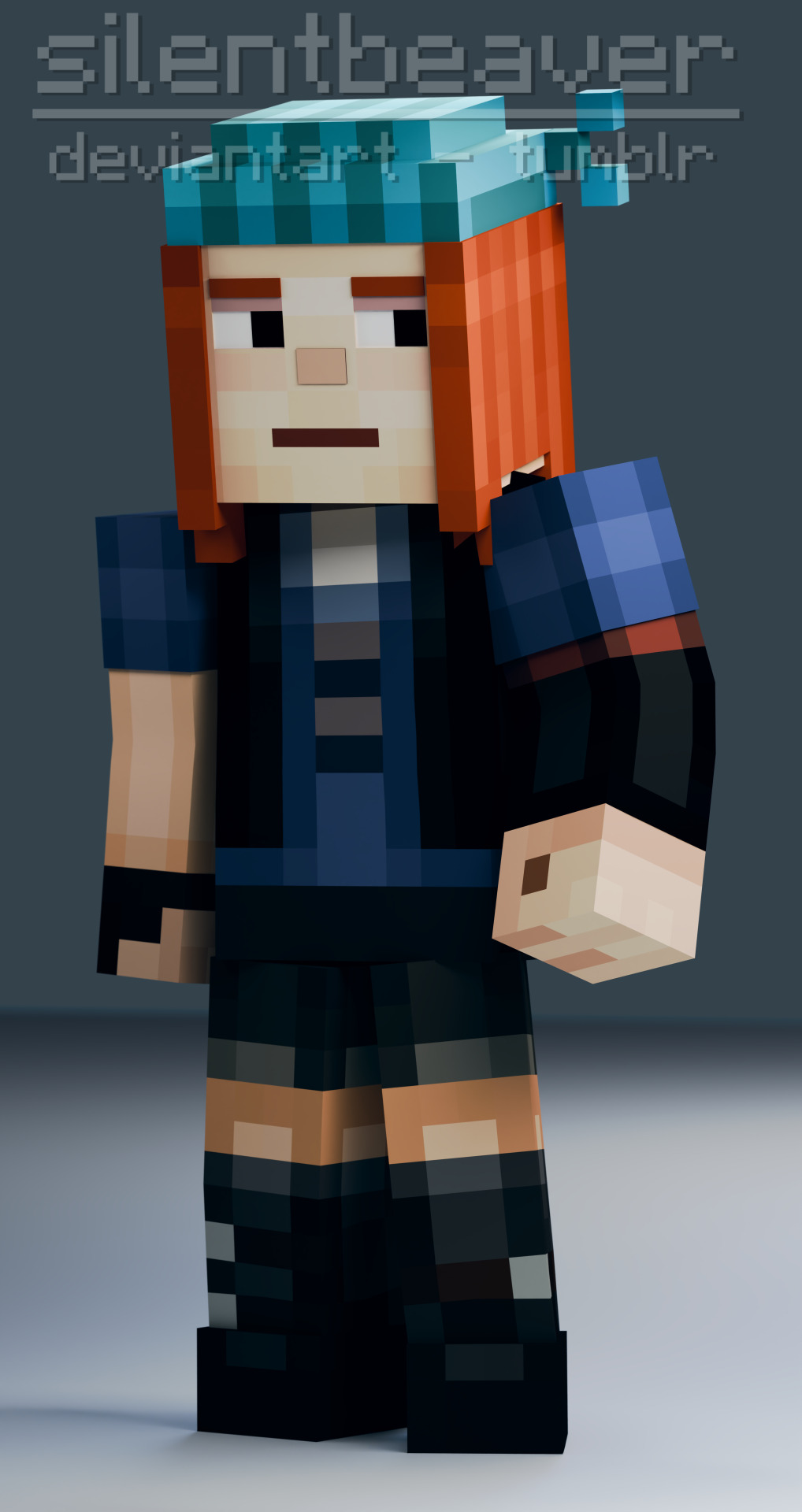









yo here's some Petra renders for the starving Petra lovers on Tumblr rn
Model used:
And also here's AU fits underneath

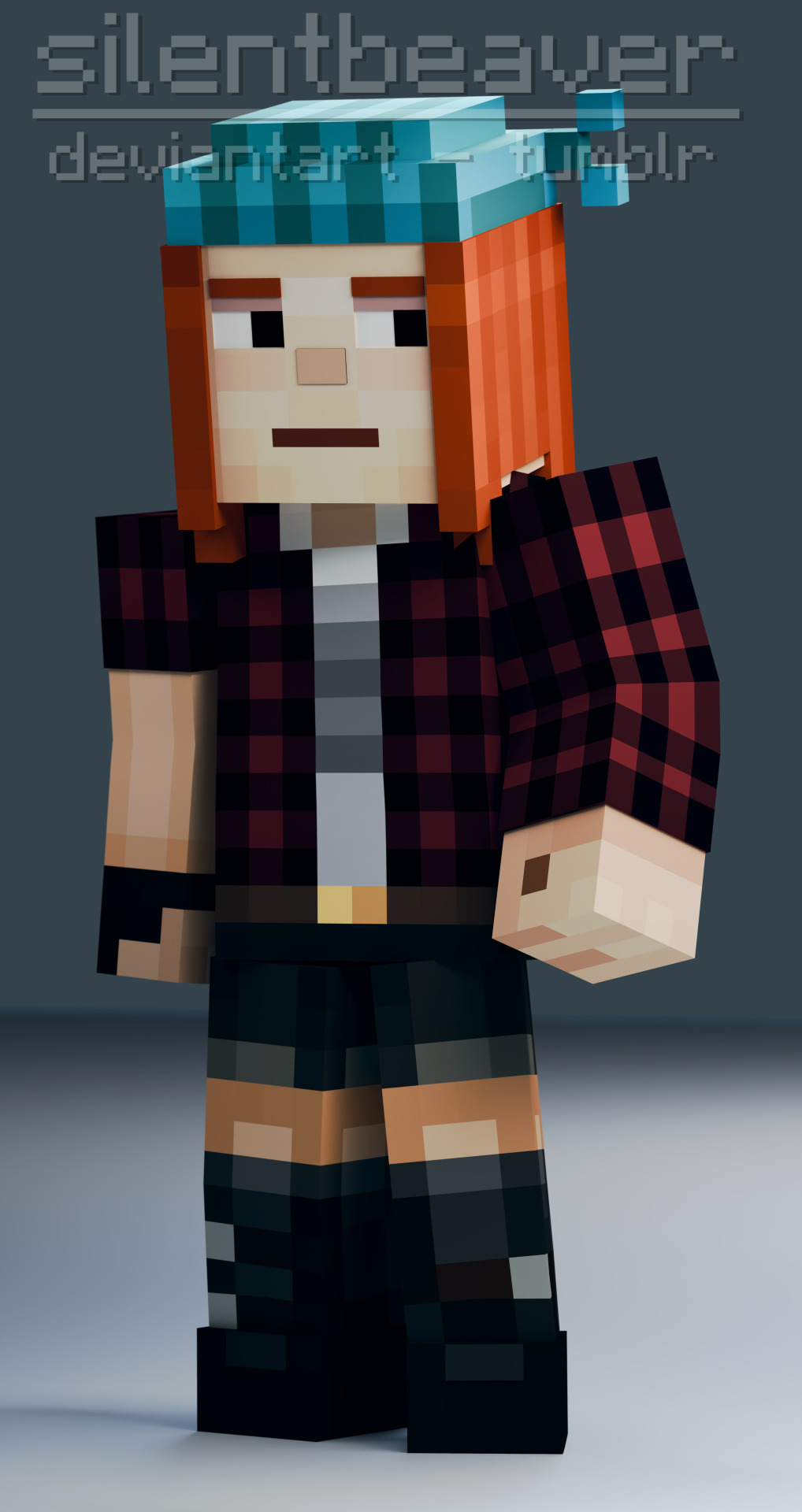


wow I sure wonder whose red flannel that is hahahahahahahahahaha
189 notes
·
View notes
Text
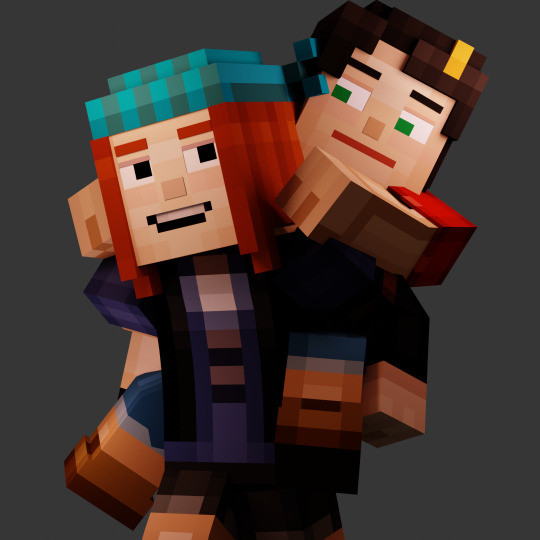
piggyback ride ❤️
#mcsm#minecraft story mode#mcsm jesse#mcsm petra#mcsm art#mcsm fanart#mcsm render#jesstra#blender#3d render
220 notes
·
View notes
Text

The MADRA trend, but it's Mynah
I just finished this and I'm so proud of it! I feel like I should say more about this render but I'm really tired rn 😅
#Also ik you didn't ask#but the inside of her face is flesh#I think it lowkey looks more disturbing in material mode because you can see more clearly the texture and her eyes look dark/kinda dead#signalis#signalis fanart#mnhr#mynah signalis#my art#blender#3d model#3d render#body horror#(?)
215 notes
·
View notes
Text
ABFJSHAKABSJAJAJ THIS IS AMAZING!!!

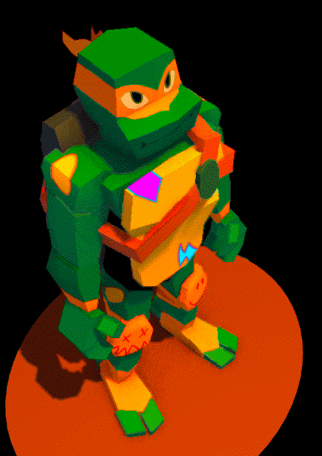


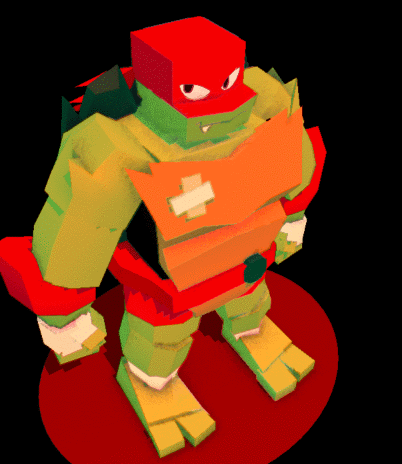
i 3D modeled all the turtles today
#rottmnt#rottmnt raph#rottmnt donnie#rottmnt mikey#rottmnt leo#my art#digitalart#3d mode#spline 3d#april and splinter if i feel like it :p
2K notes
·
View notes
Text

proper locked in for a champion petra render (and one in general)
eat up chat 🙏🙏
#mcsm petra#mcsm fanart#mcsm#minecraft story mode#petra mcsm#champion petra#blender#3d render#chat he uses volumetric lighting one day and makes a hard asf render the next ???
71 notes
·
View notes
Text
How AI and Generative Design Will Shape The Future of 3D Modelling
1. The Evolution of 3D Modeling: From Traditional to Cutting-Edge Techniques
3D modeling has come a long way from its early days, where manual methods required painstaking attention to detail and time-consuming processes. Today, the landscape has evolved dramatically with the advent of advanced software and technologies. However, the future promises even more exciting developments, with AI and generative design taking center stage. These tools are not just enhancements; they are game-changers that redefine how we create, use, and interact with 3D models.
2. AI-Driven 3D Modeling: Redefining Creativity and Efficiency
Artificial intelligence is transforming the 3D modeling industry by automating complex tasks, optimizing design processes, and enabling new levels of creativity. AI algorithms can analyze vast datasets to generate highly detailed custom 3D models that would take human designers significantly longer to create. This capability is revolutionizing industries like architecture, gaming, and virtual reality (VR), where speed and detail are paramount.
For instance, AI can now assist in the creation of professional 3D models for use in VR games or architectural visualizations. The ability to download 3D models tailored by AI to specific requirements is becoming a reality, with AI-driven platforms making it easier for creators to access and utilize these assets. This trend is not just about efficiency; it's about unlocking new possibilities in design and creativity.
3. Generative Design: Pushing the Boundaries of What’s Possible
Generative design is another groundbreaking trend that’s reshaping the future of 3D modeling. This approach uses algorithms to explore all possible permutations of a design solution, generating alternatives that might not have been considered by human designers. In the context of 3D modeling, generative design can lead to the creation of highly optimized structures, often with organic, complex forms that are both aesthetically pleasing and functionally superior.
This method is particularly influential in fields like industrial design, where optimizing materials and minimizing waste are crucial. Imagine designing a piece of furniture using generative design techniques—resulting in a unique, efficient, and visually striking product that can be directly downloaded from a 3D model website or sold in a 3D asset store.
4. The Integration of AI and Generative Design: A Perfect Match
The fusion of AI with generative design is perhaps the most exciting development on the horizon for 3D modeling. AI enhances generative design by providing the computational power needed to explore complex design spaces quickly. Together, they allow for the creation of custom 3D models that are not only innovative but also optimized for specific applications, whether it’s a plant 3D model for landscaping projects or a character 3D model for a video game.
This combination is set to revolutionize industries that rely heavily on 3D modeling, such as gaming, where the need for detailed and diverse VR models is ever-growing. For creators, this means the potential to create more detailed, realistic, and varied 3D objects for sale online.
5. The Role of 3D Asset Stores in the Future of 3D Modeling
As AI and generative design continue to evolve, the demand for diverse and high-quality 3D models will skyrocket. This growth will further cement the importance of 3D asset stores, both in VR and online. These platforms will likely evolve into sophisticated ecosystems where creators can sell 3D assets online, including niche items like food 3D models, furniture 3D models, and even specialized assets like jewelry 3D models.
3D asset stores will also become more integrated with AI-driven tools, enabling automatic customization and optimization of models based on user needs. For instance, a designer might download 3D models tailored to specific criteria, such as material constraints or aesthetic preferences, directly from an online 3D modeling platform.
6. The Rise of Online 3D Modeling Platforms and Collaboration Tools
The future of 3D modeling is not just about the tools and techniques but also about how we access and collaborate on 3D projects. Online 3D modeling platforms are becoming increasingly popular, offering cloud-based solutions that allow for real-time collaboration, easier sharing of assets, and faster iteration cycles. These platforms often come equipped with integrated 3D model viewers, making it easier for teams to review and modify models in real time.
As these platforms evolve, they will likely incorporate more AI-driven features, enabling automatic optimization of models for different applications, from 3D printing to VR gaming. This trend will make it easier for teams to work together remotely, streamlining the process of creating and refining 3D models.
7. The Future of 3D Model Download and Distribution
As the demand for 3D models continues to grow, so too will the ways in which these assets are distributed. Future trends indicate a shift towards more decentralized and user-friendly platforms for 3D model download. Blockchain technology could play a role here, offering a secure and transparent way for creators to sell 3D assets online and protect their intellectual property.
Moreover, we can expect the emergence of platforms that allow users to download free 3D models and modify them using AI-driven tools, making it easier for even non-experts to create professional-quality models. This democratization of 3D modeling will open up new opportunities for innovation across industries.
8. VR and AR: The Next Frontier for 3D Models
Virtual and augmented reality are becoming increasingly important in the world of 3D modeling. The need for high-quality VR models is driving demand for more complex and immersive 3D environments. As AI and generative design continue to advance, the creation of VR-specific models will become more efficient, allowing for richer and more engaging virtual experiences.
VR asset stores will likely expand, offering a wide range of VR models for various applications, from gaming to education. This growth will be complemented by the development of better tools for viewing and interacting with these models, such as advanced 3D model viewers tailored for VR headsets.
9. Custom 3D Models: Tailoring Assets for Specific Needs
One of the most exciting trends in 3D modeling is the increasing ability to create custom 3D models tailored to specific needs. Whether it’s a detailed space 3D model for a sci-fi game or a food 3D model for a restaurant’s marketing campaign, the ability to customize models quickly and accurately is becoming a critical advantage.
AI-driven platforms are making this easier by offering tools that allow for rapid customization based on user inputs. This trend will likely lead to the proliferation of niche 3D model websites catering to specific industries, offering specialized models for download.
10. Sustainability and Ethical Considerations in 3D Modeling
As with all technology-driven fields, the future of 3D modeling must also consider sustainability and ethical implications. The use of AI and generative design can contribute to more sustainable practices by optimizing material use and reducing waste in the creation of physical models. Moreover, the ability to simulate and iterate designs digitally before committing to physical production can significantly lower the environmental impact of industries like manufacturing and construction.
However, as AI becomes more integrated into the creative process, there are ethical considerations to address, such as the potential for AI-generated models to infringe on existing designs or the displacement of human creativity by automated processes. These issues will need to be carefully navigated as the industry continues to evolve.
11. 3D Modeling in Education: Preparing the Next Generation
The future of 3D modeling is not just about professionals and businesses; it's also about how we educate the next generation of creators. Educational institutions are increasingly incorporating 3D modeling into their curricula, recognizing the importance of these skills in a wide range of fields. AI and generative design tools are making it easier for students to learn and experiment with 3D modeling, providing them with a head start in an industry that is rapidly evolving.
As these tools become more accessible, we can expect a new wave of innovation driven by younger generations who are not only adept at using these technologies but are also pushing the boundaries of what’s possible.
12. The Future of Selling Your 3D Models Online
With the rise of AI and generative design, the process of selling your 3D models online will become more sophisticated and streamlined. Creators will have access to platforms that not only host their models but also provide tools for automatic optimization and customization, making it easier to meet the needs of different buyers.
Additionally, as 3D models become more integral to industries like VR gaming and product design, the market for selling 3D assets online will expand, offering more opportunities for creators to monetize their work. The ability to sell niche items, such as jewelry 3D models or space 3D models, will become a lucrative avenue for many.
13. Free 3D Models: The Rise of Open-Source and Community-Driven Platforms
While the market for professional 3D models is growing, there is also a significant trend towards the availability of free 3D models. Community-driven platforms and open-source initiatives are making it easier for creators to share their work with others, contributing to a more collaborative and innovative industry.
These platforms often offer free 3D furniture models, plant 3D models, and other assets that can be used by both professionals and hobbyists alike. As these communities grow, they will play a crucial role in democratizing access to high-quality 3D models and fostering a culture of sharing and collaboration.
14. Future Challenges in 3D Modeling: Keeping Up with Rapid Technological Advances
As 3D modeling continues to evolve, one of the biggest challenges will be keeping up with the rapid pace of technological advancements. For creators, this means staying informed about the latest tools and techniques, as well as continuously honing their skills to remain competitive in the industry.
Moreover, the integration of AI and generative design presents its own set of challenges, including the need for new skill sets and the potential for disruptions in traditional workflows. The future of 3D modeling will require adaptability and a willingness to embrace change as new technologies continue to reshape the landscape.
15. Looking Ahead: The Long-Term Impact of AI and Generative Design on 3D Modeling
The long-term impact of AI and generative design on 3D modeling is likely to be profound. These technologies are not just changing how we create models; they are altering the very nature of creativity and design. As AI continues to evolve, we can expect even more sophisticated tools that blur the lines between human and machine creativity, leading to new forms of art, design, and innovation.
For businesses, this means new opportunities to create, sell, and utilize 3D models in ways that were previously unimaginable. For creators, it means a future where the possibilities are virtually limitless, driven by the powerful combination of AI and human ingenuity.
Conclusion
The future of 3D modeling is incredibly bright, with AI and generative design leading the way towards a new era of creativity and innovation. From the development of custom 3D models to the expansion of online 3D asset stores, these trends are set to revolutionize industries and redefine the boundaries of what's possible. Whether you're a professional 3D modeler, a gamer, or an entrepreneur, staying ahead of these trends will be essential to thriving in this dynamic and rapidly evolving field.
Written By: Tanvi Kulkarni
#3d art#3d mode#professional 3d models#3d furniture#augmented reality#graphics#annimation#3d design#3d model#buy 3d model
0 notes
Text


texture go brrr
68 notes
·
View notes